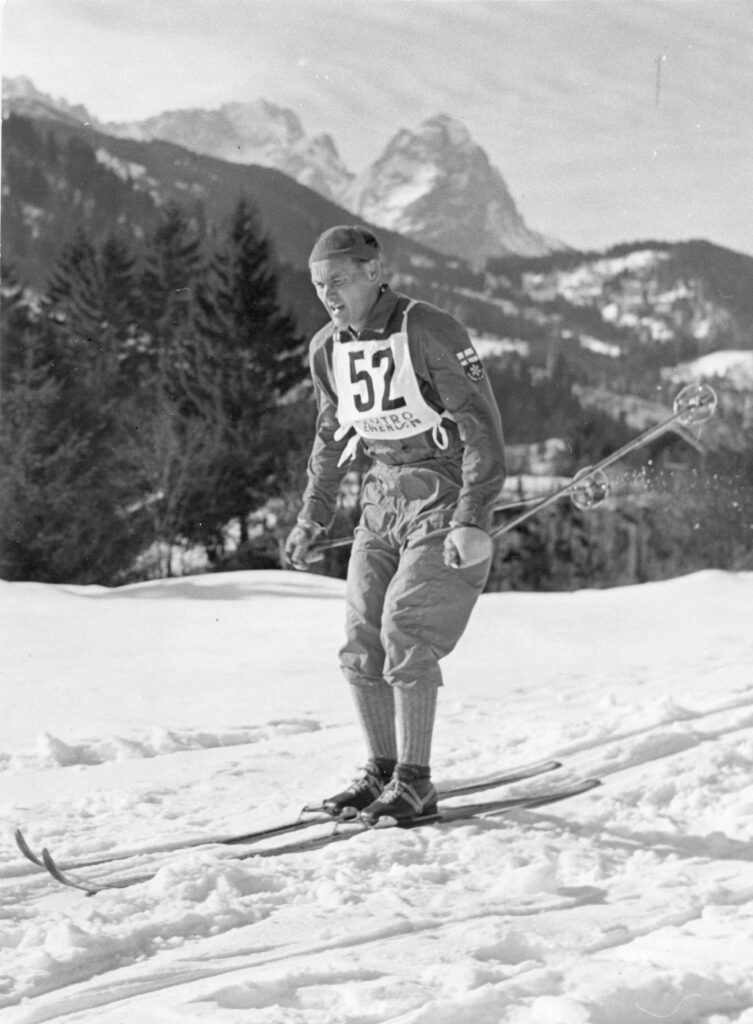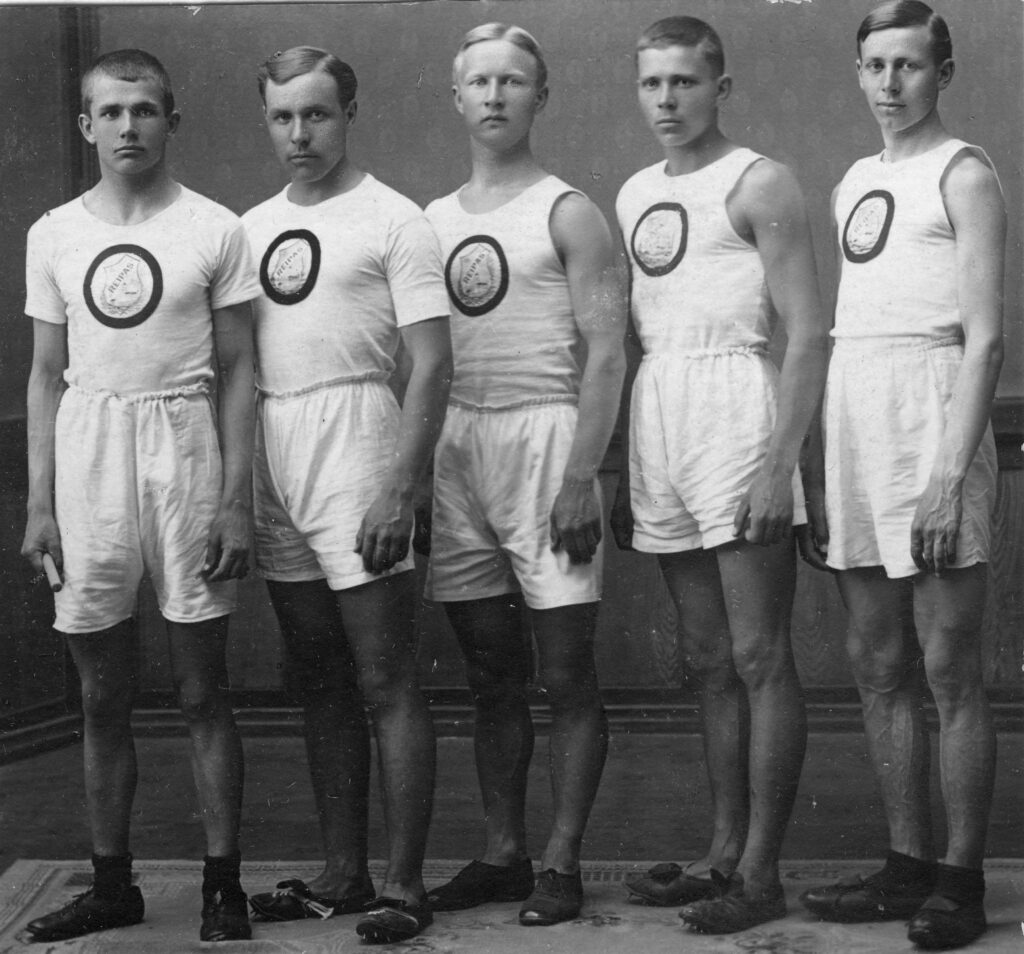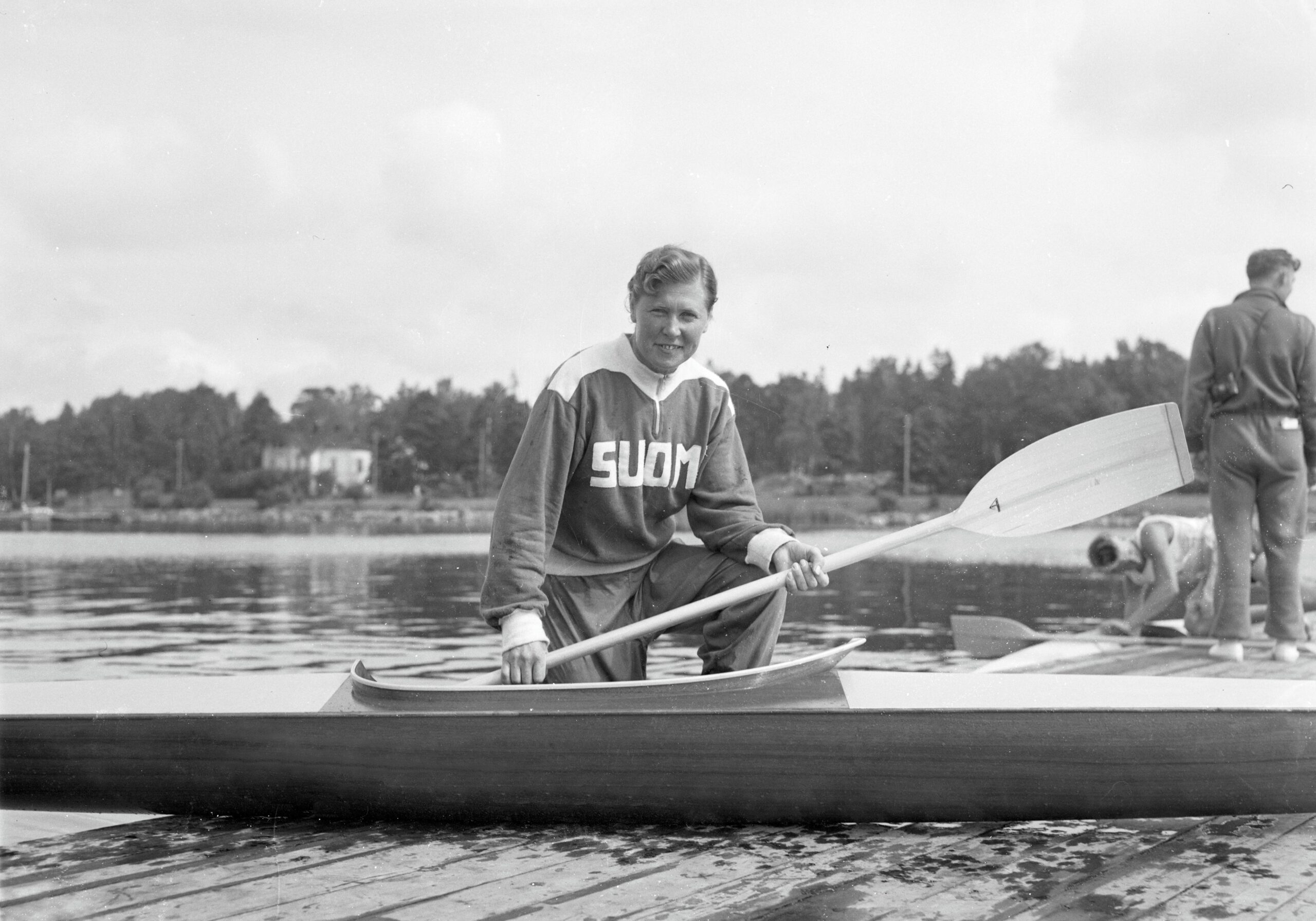The territorial losses to the Soviet Union in the wars from 1939 to 1944 drastically changed Finnish society. Most of the 420,000 evacuees who lost their homes were Karelians. The resettlement of Karelian evacuees was organized exceptionally quickly by international standards, with settlements established across Finland. The newcomers were generally well received, but they also faced discrimination due to their Karelian dialect and, for some, their Orthodox faith.
Sylvi Saimo, born in the rural municipality of Sortavala, became a farmer in Laukaa after the war years. She won gold in the kayak singles at the 1952 Helsinki Olympics. Saimo later donated her Danish-made gold kayak to the Sports Museum of Finland, and it can now be admired in the main exhibition at TAHTO.
Another star athlete born in the lost Karelia was skier Veikko Hakulinen, who took his first strides on skis in Kurkijoki near Lake Ladoga in the 1930s. Having lived in many places after the war and eventually settling in Valkeakoski, Hakulinen was Finland’s leading athlete in the 1950s with seven Olympic medals.




The largest city in the ceded Karelia was Vyborg. In the early decades of the 20th century, Vyborg was a vibrant, international, and modern city where sports was an essential part of urban culture. After Vyborg was ceded to the Soviet Union, many of the city’s sports clubs continued their activities elsewhere. For example, Viipurin Urheilijat, one of Finland’s most successful athletics clubs before the wars, rose to new prominence in Helsinki. The powerful gymnastics club Reipas Viipuri in turn moved to Lahti and continued its activities under the name Reipas Lahti, focusing mainly on team sports and ball games.












